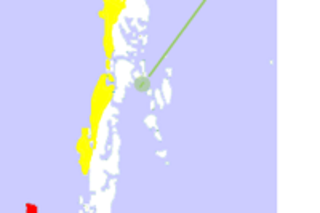A few days ago I pointed to a paper, Stature, Mortality, and Life History among Indigenous Populations of the Andaman Islands, 1871-1986. It looks at the specific case of the Andaman Islanders to explore the general phenomenon of "pygmy" populations, especially among "Negritos." The Andaman Islanders are an interesting test case, as the authors note, because the disparate groups have taken different stances toward interaction with the outside world. The Great Andaman Islanders have mixed for over a century with the British and Indian settlers. The Onge began to interact with the outside world in the 20th century. While the Jarawa only in the past few decades. Finally, the tribe on Sentinel Island has remained totally isolated to this day. (the recent paper on Indian genetics shows this, the Great Andaman Islanders are heavily admixed with mainland Indian populations, while the Jarawa and Onge are not) The authors of the ...
Civilization makes you short: the Andaman Islanders
Explore the intriguing Andaman Islanders mortality rates and their relationship with contact levels and health challenges.
More on Discover
Stay Curious
SubscribeTo The Magazine
Save up to 40% off the cover price when you subscribe to Discover magazine.
Subscribe













